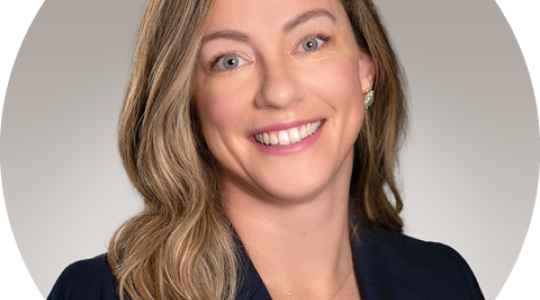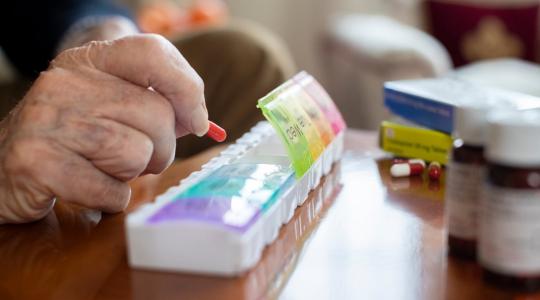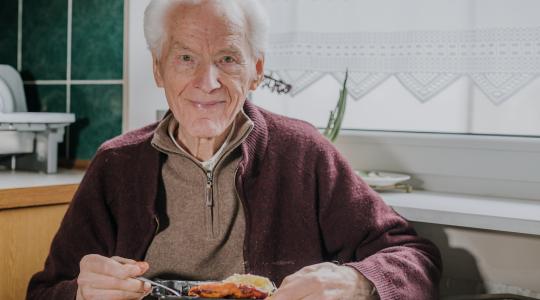“Don’t use antiperspirant.” “Only older people get breast cancer.” You’ve probably heard more than a few myths about breast cancer. Misinformation is common on the internet. And well-meaning friends or family members may have told you things that are confusing or even scary.
That’s why it’s important to talk with your healthcare provider about your risk. Your provider is a reliable source of information and a partner in your health journey. They can discuss your risk factors and recommend screenings that are right for you.
Get the truth about these breast cancer myths and find out what the science really says.

Myth No. 1: Wearing an underwire bra can cause breast cancer.
Fact: A large study found no link between bra-wearing and breast cancer. Although this myth persists on the internet, there is no science to back it up.
Myth No. 2: Using antiperspirant can cause breast cancer.
Fact: There is no evidence that using antiperspirants causes breast cancer. This myth may have started when a study found traces of aluminum in some people’s breast tissue. But researchers couldn’t conclude that antiperspirant was the culprit. We get aluminum in our bodies from many sources, including water and food. And aluminum hasn’t been linked to breast cancer in any studies.
Some people claim that since cancer often occurs near the underarms, it’s proof that antiperspirants cause breast cancer. But there’s breast tissue in the underarm area, so it makes sense for cancer to occur there.
Myth No. 3: You’ll only get breast cancer if you have a family history of the disease.
Fact: Up to 85% of breast cancers affect women who have no family history of the disease. That’s why screenings such as mammograms are important, even if you don’t have a high risk.
If you have a close relative like a mother, sister or daughter with breast cancer, you have a higher risk of getting it. But you can take charge of your health by talking with your healthcare provider about your risk factors. Your provider can recommend screenings and ways to lower your risk.
Myth No. 4: If you have the BRCA gene, you’ll get breast cancer.
Fact: Everyone has BRCA1 and BRCA2 genes, which help stop tumors and repair DNA. But if you have a BRCA gene mutation, these genes can’t do their jobs. This mutation can increase your risk of breast cancer.
Not everyone who has a BRCA mutation gets breast cancer. If you get a genetic test and find out you have this mutation, talk with your provider. They’ll make sure you get regular screenings to check for breast cancer early when it’s easier to treat.
Myth No. 5: I don’t need mammograms because I do breast self-exams.
Fact: A breast self-exam is great to do, but it isn’t a free pass to skip other screenings. Self-exams have not been shown to detect breast cancer early — but mammograms have. Self-exams cannot take the place of a mammogram.
Talk with your provider if you’re not sure how often you need a mammogram, and always tell your provider if you notice any breast changes or pain.
Myth No. 6: Younger women don’t get breast cancer.
Fact: It’s true that most women who get breast cancer are over age 50. But about 11% of all new breast cancer cases affect women younger than 45 years of age.
Myth No. 7: Mammograms expose you to high levels of radiation.
Fact: Today’s mammography equipment involves only a tiny amount of radiation. It’s less than a standard chest X-ray.
The benefits of mammograms outweigh the risks. Mammograms reduce your risk of dying from breast cancer by up to 30%. They can find breast cancer early, which leads to earlier treatment and better outcomes.
Contact your healthcare provider
Understand the facts about breast cancer. With your provider’s help, you can lower your breast cancer risk and get the screenings you need.
Sources: Breastcancer.org, Cancer Epidemiology and Prevention Biomarkers, Centers for Disease Control and Prevention, National Breast Cancer Foundation, National Cancer Institute, The Lancet



